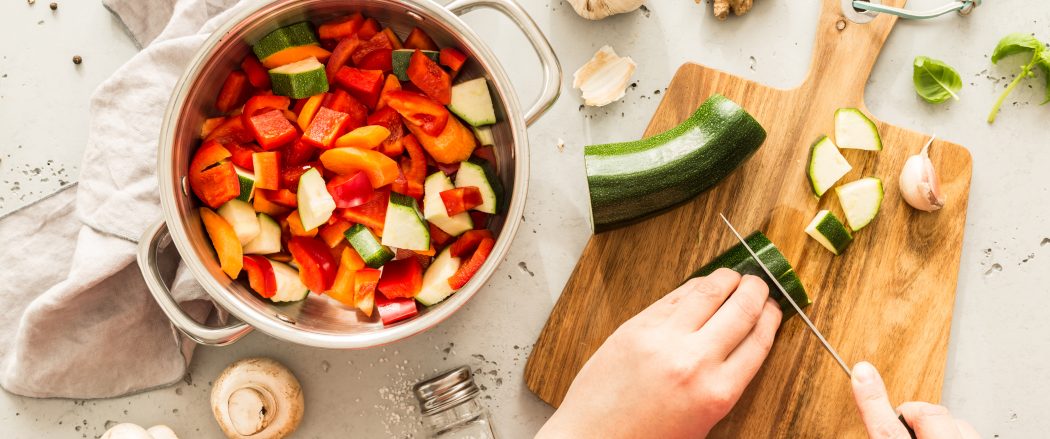The choices we make about the foods we eat has an impact on our overall health and wellbeing. Eating a balanced and nutritious diet is part of living a healthy lifestyle. As with many lifestyle choices it’s best to make time to understand what a healthy diet looks like. The information below provides you with easy-to-use information, that is not only interesting but useful too! If after reading this you make one change to what you eat going forwards, that is one very positive first step to a healthier you.
Eatwell Guide
This is a visual guide to show you how much of what we eat should come from each food group to allow us to eat healthy by achieving a balanced diet.

For a detailed breakdown into the different food groups and what foods are included, please click HERE
Task: Download the Healthy You Eatwell Guide which includes lots of helpful tips including sweet treat sugar swaps, to making healthy and balanced lunchboxes.
The Eatwell Guide (publishing.service.gov.uk)
Get Portion Wise
Food packaging usually gives you a suggested portion size.
When self-serving follow this guide from the British Nutrition Foundation to ensure you aren’t eating too much of the following foods, use this as a guide when cooking for yourself and your family. Use alongside the Eatwell Guide to ensure a balanced and healthy diet.

Download the British Nutrition Foundation Get Portion-Wise Document
This document shows a great way to track what food groups you are eating throughout your day. Click HERE
Healthy You have also created a blank handy daily checklist for you to add on what you are eating. You might use this for a week to see what it is you are eating, before making any changes to food groups or portion sizes.
Task: Download and complete the daily tick list to ensure you are eating the right amount of these foods.
Traffic Light Labels
The traffic light labelling system can be found on pre-packed foods to help you make an informed and healthy choice when deciding which food products to buy. It’s an easy visual to use when scanning across the shelf to help you make healthier choices, based on the colour traffic light system on the product.
The traffic light system will tell you whether a food has high, medium or low amounts of fat, saturated fat, sugars and salt. It will also tell you the number of calories in a particular product

Task: When you are next in a supermarket or local shop, look at the food with the traffic light system and make a healthier choice.
Saturated fats
How to eat less saturated fat – NHS (www.nhs.uk)
Saturated fats are often hard at room temperature and include butter, fat on meat and coconut oil. Unsaturated fats are liquid at room temperature, for example olive oil.
Recommended daily amounts of saturated fats:
- Average man aged 19 – 64 should eat no more than 30g of saturated fat a day
- Average women aged 19 – 64 should eat no more than 20g of saturated fat a day
Some simple food swaps that will help to lower the amount of saturated fat that you have each day include:
Try swapping biscuits, cake and chocolate for
- Malt loaf,
- a portion of fruit,
- currant bun,
- wholegrain toast (veg spread is best),
- small handful of unsalted nuts,
- low fat and low sugar yoghurt.
Task: Take a look at your favourite snack and see how much saturated fat it contains, could you make a healthier choice?
High: More than 5g saturates per 100g. May be colour-coded red.
Medium: between 1.5g and 5g saturates per 100g. Orange in colour
Low: 1.5g saturates or less per 100g. May be colour coded green


